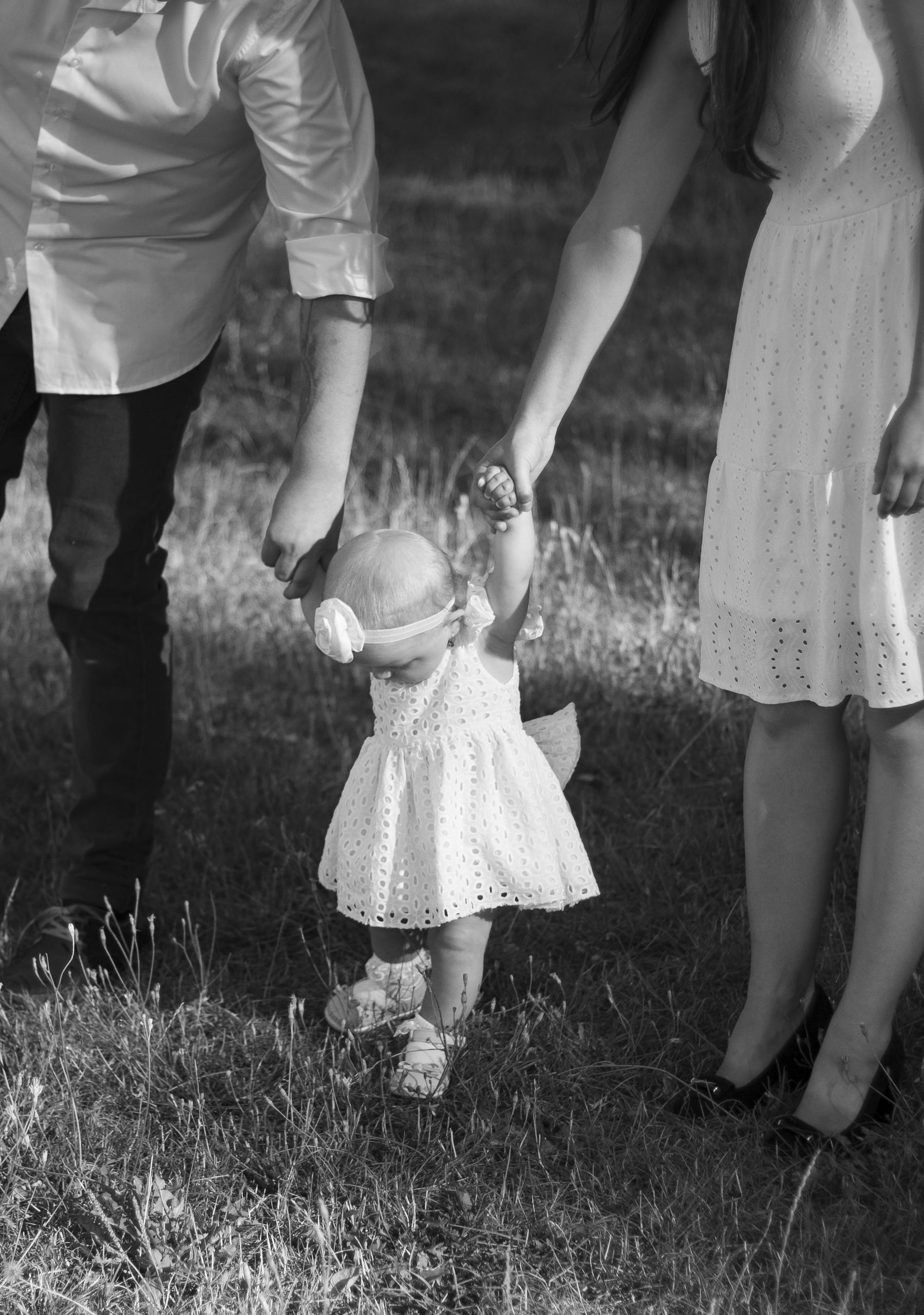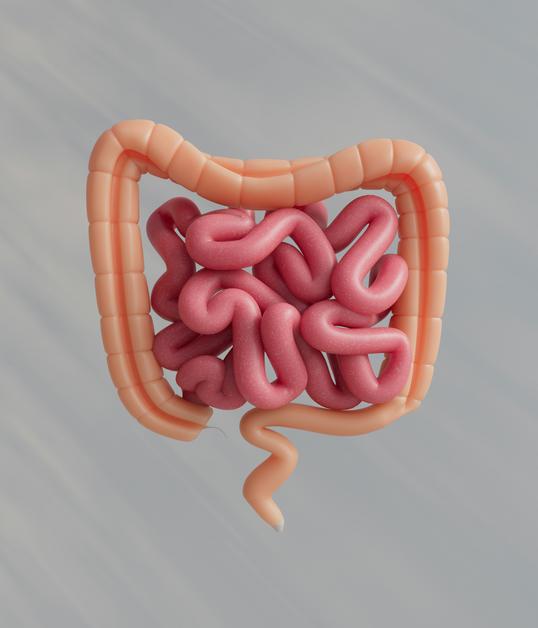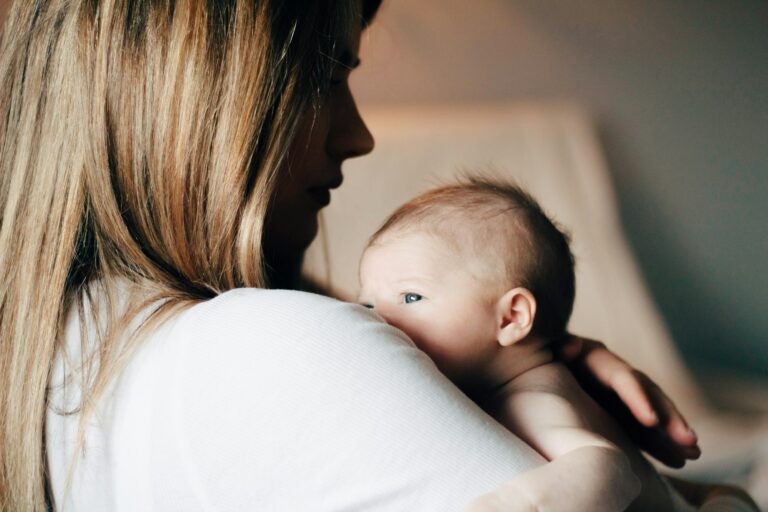From the very first days, parents find themselves observing every wiggle, every twitch, every spontaneous kick from their little one. Among this delightful chaos, a question often arises: why does a newborn imitate walking movements when held upright, feet planted on a surface? This curious choreography is known as the stepping reflex. It may look like the earliest attempt to walk, yet it’s a fascinating blend of the newborn’s natural wiring and an evolving nervous system. Concerns frequently surface—Is this reflex present in every child? When does it disappear? Does its absence signal a problem? Exploring these questions, we dive deep into the stepping reflex, decipher its medical and developmental importance, learn how to observe it, and demystify what its presence or absence means in everyday parenting.
What Exactly is the Stepping Reflex? A Closer Look
Nature presents the stepping reflex as an instinctive, involuntary response hardwired into newborns. Hold a baby upright, support them under the arms, and gently let their feet touch a firm surface. Instantly, you may see alternating leg movements, one foot rising after the other, resembling a miniature march. This is not conscious walking; rather, it’s an automatic neural pattern—a primitive mechanism meant to set the foundation for future locomotion. Often labelled as neonatal walking reflex or primitive stepping pattern, this phenomenon showcases the subtle interplay between developing motor functions and nerve circuits freshly initiated at birth.
The stepping reflex is occasionally subtle, particularly if your baby is drowsy or fussy, but it’s generally present in most healthy newborns. These movements draw upon nerve impulses originating from the lower brainstem and spinal cord, areas critical in coordinating such automatic muscle activity. Unlike conscious actions, these are spontaneous, disappearing as the nervous system matures.
Why Does the Stepping Reflex Matter for Your Baby’s Growth?
The momentary presence of the stepping reflex—sometimes lasting just weeks, at other times until two months—contributes more than a fleeting spectacle. It marks an essential rehearsal for muscle engagement: the movements engage hip, knee, and ankle muscles, awaken joint alignment, and hint at the initial phases of motor development. Although you may wonder, “Does this mean my child will walk early?”—the answer is more complex. While it does not predict walking age, the stepping reflex sets in motion neural pathways and muscle sequences required for later skills like standing or balancing.
Motor Milestones and Muscle Activation
The stepping reflex underlines early muscle tone. Even in such a basic form, this activity rapidly promotes muscle strength and endurance, subtly conditioning the lower limbs and the body to transition, one day, from lying down to running across the park. The reflex’s disappearance, a process called integration, is an encouraging sign—your baby switches from automatic, programmed movements to those that are intentional and controlled by the growing cerebral cortex, which is responsible for thought, movement planning, and decision-making.
When Does the Stepping Reflex Appear and Disappear? Understanding the Timeline
Curious about when you’ll see those charming, pseudo-walking sequences? This reflex typically makes its debut at birth—sometimes even seconds after delivery, if you have the chance to watch. The timeline, however, is precise but variable. Most babies display a clear stepping reflex up to 2 months of age. By the third month, these spontaneous steps begin to vanish, a natural sign that your child’s nervous system is refining itself, making space for voluntary actions.
Why does it fade? As babies accumulate fat in their thighs and overall body, and as their muscle strength and coordination haven’t yet reached the next stage, the stepping action becomes less prominent and gradually disappears. For some families, this triggers concern. Is everything alright if the reflex fades early or lingers late? Understand that a spectrum of timing can be perfectly typical—development often has its own rhythm.
Behind the Scenes: Medical and Scientific Insights on the Stepping Reflex
Delving deeper, what exactly orchestrates this dance? The stepping reflex is powered by simple circuits in the spinal cord and lower brain regions. Even without advanced brain involvement, an infant’s neural networks can produce these step patterns as a coordinated, automatic sequence. As the higher brain centers mature, particularly the cerebral cortex, these basic reflexes are overshadowed by more complex, voluntary actions—the true stepping stones of cognitive and motor progress.
Interestingly, this primitive mechanism isn’t reserved only for humans. Animal studies reveal similar early stepping motions in mammals like rats and kittens—nature’s way of kickstarting the journey toward independent movement across species. It’s a testament to the universality of these neural preparations for a life upright.
Observing the Stepping Reflex: Practical Advice for Parents
You might wish to see this reflex in action at home. Pediatricians use a simple test: supporting the baby’s chest and arms, they gently lower the baby so their feet brush against a flat, padded surface. If you want to try, here’s how:
- Hold your baby upright, ensuring their head and trunk are well-supported.
- Allow their feet to touch a solid surface—a floor, table, or mattress.
- Watch for the telltale alternating leg lifts, as if walking in place.
Important tip—keep sessions brief (around a minute), and watch for your baby’s cues: fussiness or arching the back are clear signs to pause. Never force the motion; the stepping reflex can be subtle or fleeting, and occasionally a baby may not show it if tired or distracted.
The Positive Disappearance: Integration as a Marker of Healthy Growth
Many parents are surprised to learn that the fading of the stepping reflex is good news. As your baby’s muscle tone improves and the nervous system matures, control gradually shifts from reflexive to deliberate actions. This process, called integration, is needed for babies to move on to higher milestones: rolling, sitting, crawling, eventually standing tall and walking unaided. The stepping reflex—here one month, gone the next—illustrates a remarkable handover inside the brain: primitive circuits stepping aside so complex coordination can emerge.
Building Balance and Posture: Foundations for Future Skills
Though short-lived, the stepping reflex lays the groundwork for later balance and upright posture. By coordinating muscular control and stimulating joint awareness, it readies your child’s body for supporting weight, shifting positions, and maintaining equilibrium—a feat every parent witnesses with pride as independent steps finally arrive.
Supporting Your Baby’s Motor Journey: Everyday Tips
Is special training needed? Not at all. However, you can create an environment that naturally boosts motor growth:
- Tummy Time: Essential for strengthening not just the neck but also trunk and limbs. It’s the launchpad for rolling, crawling, and balance.
- Unrestricted Movement: Let your baby move on safe, flat areas; those open stretches help babies experiment with controlling arms, legs, and trunk in their unique rhythm.
- Skip Mobility Devices: Items that restrict movement, like walkers or rolling seats, may delay muscle development. The real magic happens on the floor, not in a plastic contraption.
- Active Play: Encourage gentle games—lifting toys, reaching, or following objects with their eyes—to stimulate muscles and nerves, fueling both gross and fine motor skills.
Brief, supported upright sessions (feet just touching the floor) are plenty—the stepping reflex doesn’t need drills; it integrates when the time is right, powered by nature’s intricate schedule.
Recognising When to Seek Medical Advice
A persistent question for parents—when does a deviation call for attention? If the stepping reflex remains strongly visible after three months, is absent from the start, or shows significant asymmetry between legs, consult your pediatrician. Unusual persistence or complete absence may, in rare cases, indicate a neurological delay or issues with motor integration. Similarly, if other skills like head holding, arm movements, or limb coordination are lagging, a health professional’s perspective can provide clarity and reassurance.
Distinguishing Typical from Atypical Stepping Reflex Patterns
How does a typical stepping reflex present? Expect smooth, alternating, rhythmic steps with both legs, most noticeable when your baby is alert and content. If your newborn’s stepping reflex appears only weakly, vanishes very early, or persists forcefully long after other babies have moved on, don’t worry instantly—but do raise it at your routine check-up. Medical professionals look not just for presence but for symmetry, force, and a timely disappearance, treating the reflex as just one piece of a wider developmental picture.
Stepping Reflex and Other Early Reflexes: Context and Comparisons
The stepping reflex isn’t an isolated act. It belongs to a network of early, involuntary movements:
- Moro reflex (the famous ‘startle’ reaction),
- Asymmetric tonic neck reflex (the fencing position),
- Grasp reflex (tight little finger clutches).
Pediatricians evaluate all of these during routine check-ups—they collectively provide a window into the newborn’s neurological development. These primitive responses integrate at different times, paving the way for complex skills like sitting, crawling, and walking. Their disappearance unlocks more sophisticated, voluntary movement control. Holding onto these reflexes too long, meanwhile, could signal a need for closer follow-up.
Key Takeaways
- The stepping reflex is an innate, automatic walking-like movement seen in newborns when they are held upright with feet touching a firm surface.
- It often appears at birth and typically disappears by two to three months of age—a healthy sign that primitive movement patterns are giving way to voluntary control.
- Observing the stepping reflex can be a fun, gentle interaction, but it also provides meaningful clues about the brain and muscle development.
- Supporting your baby’s growth is best achieved through tummy time, unconfined movement, and engaging play. Devices that restrict full motion are best avoided until independent walking is achieved.
- Persistent absence, unusually long persistence, or strong asymmetry of the stepping reflex warrants a medical opinion.
- Each child’s rhythm is unique; minor differences in timing are common. Resources and guidance are available for all stages of your child’s growth journey. For personalised health tips and developmental questionnaires, feel free to discover the application Heloa—a valuable companion for every parent seeking information specific to their child.
Questions Parents Ask
Can the stepping reflex reveal when my baby will actually start walking?
While spotting the stepping reflex is delightful, its presence bears little relation to when your child will take independent steps. Walking is a complex orchestration: strength, balance, nerve signals, and coordination converge over months. A robust stepping reflex today does not predict earlier first steps tomorrow. What matters more is ongoing support, patience, and encouragement for each unique timetable.
What if my baby does not show the stepping reflex?
Some babies, perhaps tired or distracted, may not perform a clear stepping reflex every time. Is this a reason to worry? Not generally—temporary absence is often benign. However, ongoing absence from birth or other accompanying concerns regarding movement warrant a chat with your pediatrician. Early advice brings peace of mind and supports timely intervention where needed.
How is the stepping reflex useful for doctors?
Healthcare professionals check the stepping reflex, along with others, as part of a broader assessment of brain and muscle development. While variation exists, an unusually persistent or entirely missing reflex may suggest the need for further observation. Only a trained practitioner can put these observations in the right developmental context and suggest any next steps thoughtfully and supportively.
Further reading:









